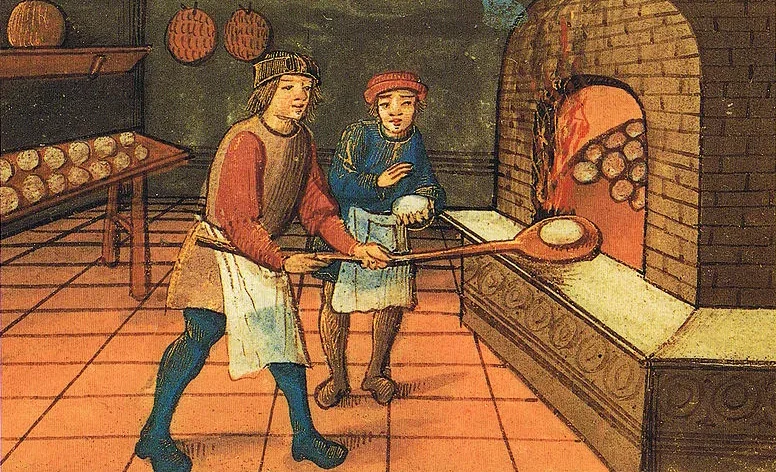The terms ‘food security’ and ‘food insecurity’ have been in use since the 1970s and were formally defined by the first World Food Summit in 1996. In recent times, however, these terms have become increasingly familiar to us through their frequent appearance in daily news reports. In the Middle East, Israel’s war on Gaza, accompanied by the prolonged blockade of supplies entering the Strip, have caused acute food insecurity in a region that has suffered chronic food insecurity for decades. In Europe, the war in Ukraine has caused food insecurity both inside Ukraine and globally. Millions of Ukrainians face hunger, particularly those living and farming close to frontlines. Before the war, Ukraine was an important exporter of agricultural commodities such as wheat, maize and sunflower seeds, with much of this output going to developing countries. This export is now much reduced, and grain prices have soared, causing additional problems for those developing nations already facing food insecurity due to conflict and climate change.
Even rich and fortunate countries, like Ireland, have seen the impacts of the disruption of Ukrainian exports along with the sanctions on the Russian Federation. The degree to which Ireland depends on imports of grains, oilseeds, fruits and vegetables came as a surprise to many as did the statistic that less than 7% of agricultural land in the country is devoted to the growing of human food crops. Teagasc, the Agriculture and Food Development Authority, responded with a scheme to incentivise the growing of crops, in an effort to reduce our import dependence and its related food security vulnerability. It will take some time for any increase in arable to kick in and, in the meantime, higher food commodity prices are causing hardship to consumers and households on low and fixed incomes. The probability of future increases in food prices will pose food security challenges for Ireland and numerous other countries that have enjoyed relative food security for many years.
For some time now, economic historians have been studying food supply, famine and dearth in historic periods, exploring the causes of food insecurity and the strategies employed to achieve food security. A recent paper by the author of this blog and Dr James Galloway, an environmental historian, explored the provisioning experiences of towns in late-medieval Ireland(1). While the term ‘medieval’ is frequently used pejoratively to mean backward, brutal or unenlightened, when it comes to expertise in sustainability, management of communal resources and enforcement of price limits, there are plenty of lessons we can learn from those who lived 600-800 years ago.
In the later-medieval period (c. 1250-1550 AD) Ireland had a fairly extensive urban network with some towns that would have been considered ‘large’ by medieval standards, e.g. Dublin, Kilkenny, Waterford, New Ross, Cork and Limerick. Irish medieval towns, like their northern European counterparts, were positioned in a dietary zone in which bread formed the largest part of the daily diet and where hunger and famine were almost invariably associated with a scarcity of cereals and lack of bread. Crucially, in order to survive and grow, the towns required regular access to cereal crops for their staples of bread and ale.
Not surprisingly, arable was by far the most important land-use in the hinterlands of medieval Irish towns, with over two-thirds of farmland devoted to growing wheat, oats, barley, rye and legumes. Yields of these crops were low by modern standards, but organic fertilisers and soil improvers such as dung (animal and human), marl, sand and seaweed were widely used. Land was allowed to lie fallow to recover its fertility and legumes were employed as nitrogen-fixers.
Agriculturalists were encouraged to bring their products into the towns for sale in controlled marketplaces. There was strict regulation on bakers and brewers, with prices of a loaf of bread and a pint of ale fixed by statute. Municipal authorities carried out checks on retailers selling in the marketplace and punished those whose products were overpriced, underweight or of poor quality. Over the thirteenth century and into the start of the fourteenth, towns in Ireland grew and prospered and enjoyed a significant degree of food security.
Over the fourteenth century Ireland, along with the rest of Europe, experienced a number of severe environmental challenges including climate change, famine and the Black Death pandemic. In addition, warfare between the Gaelic Irish and the Anglo-Irish increased exponentially, disrupting agriculture and trade and leaving towns vulnerable to food insecurity. Our study found that towns responded with flexibility and resilience and most survived into the early modern period, retaining significant populations and economic functions.
In particular, towns sought to promote both private and public storage facilities so that supplies could be built up against impending periods of dearth. At the same time, there was increased regulation to ensure that such infrastructure was not abused for private profit at the expense of the common good. Town populations shrank in the period following the Black Death, but this meant that vacant spaces within the walls could be turned over to food production and references to gardens and orchards proliferate in the records of the time.
There are lessons to be drawn from the story of late-medieval Ireland’s experience of food insecurity caused by warfare, disease and climate change and from the policies employed by towns to mitigate their negative effects. Promoting the production of food close to the point of consumption, employing sustainable practices to harness the fertility of the soil, and regulating the price and quality of staple foods to ensure that the poorest could eat cheaply and healthily are strategies which are as relevant today as they were six centuries ago.
– Dr Margaret Murphy
(1) James Galloway) and Margaret Murphy, ‘Food security and insecurity in medieval Irish towns’, Journal of Medieval History, 50: 5 (2023).

